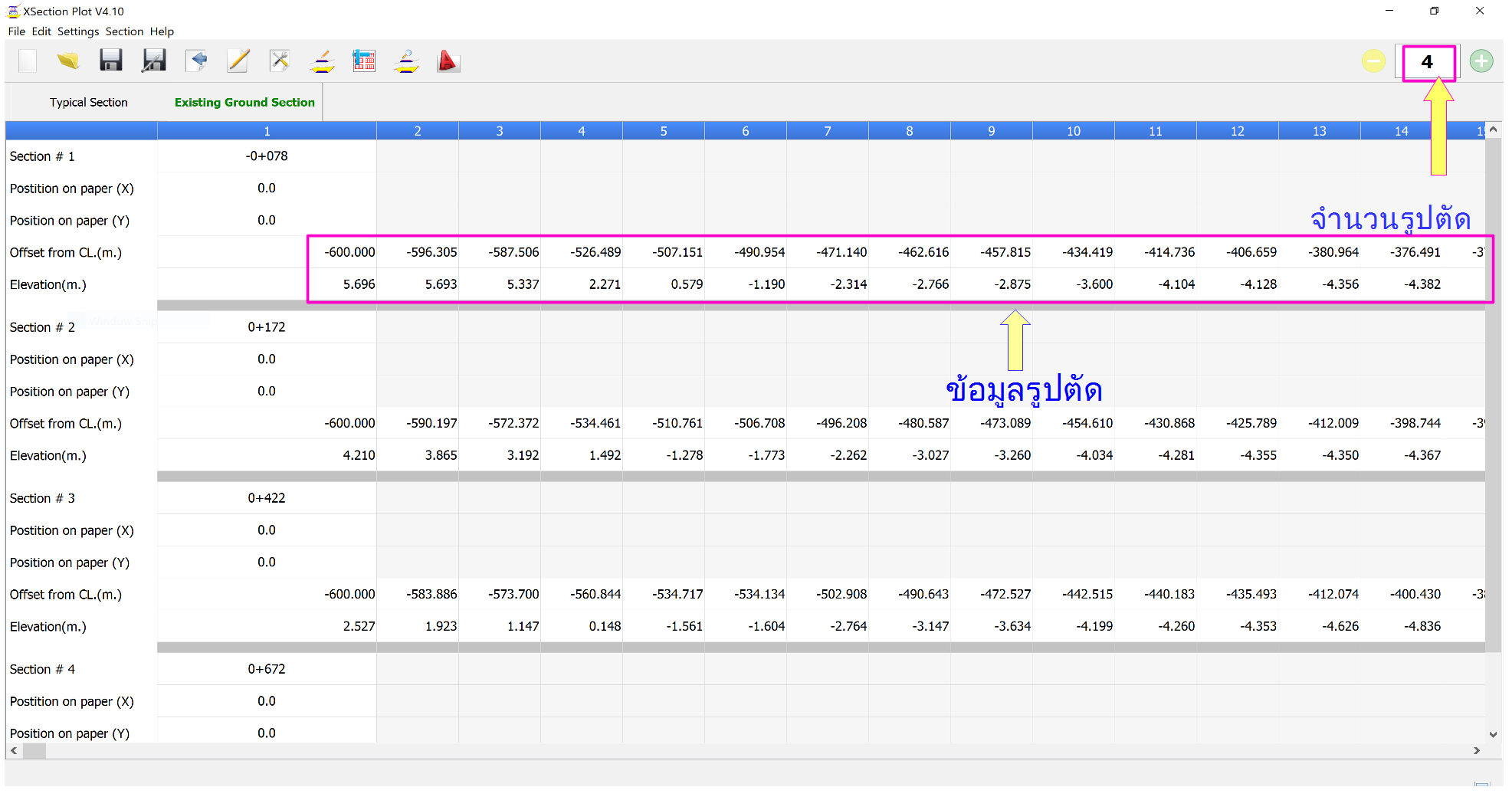

The hydroxyapatite crystals give bones their hardness and strength, while the collagen fibers give them a framework for calcification and gives the bone flexibility so that it can bend without being brittle. Hydroxyapatite also incorporates other inorganic salts like magnesium hydroxide, fluoride, and sulfate as it crystallizes, or calcifies, on the collagen fibers. These salt crystals form when calcium phosphate and calcium carbonate combine to create hydroxyapatite. The collagen provides a scaffolding surface for inorganic salt crystals to adhere (see Figure 6.3.4a). By mass, osseous tissue matrix consists of 1/3rd collagen fibers and 2/3rds calcium phosphate salt. Osseous Tissue: Bone Matrix and Cells Bone Matrix Osseous tissue is a connective tissue and like all connective tissues contains relatively few cells and large amounts of extracellular matrix. Figure 6.3.3 – Anatomy of a Flat Bone: This cross-section of a flat bone shows the spongy bone (diploë) covered on either side by a layer of compact bone. If the outer layer of a cranial bone fractures, the brain is still protected by the intact inner layer. The two layers of compact bone and the interior spongy bone work together to protect the internal organs. Figure 6.32 – Periosteum and Endosteum: The periosteum forms the outer surface of bone, and the endosteum lines the medullary cavity.įlat bones, like those of the cranium, consist of a layer of diploë (spongy bone), covered on either side by a layer of compact bone ( Figure 6.3.3). In this region, the epiphyses are covered with articular cartilage, a thin layer of hyaline cartilage that reduces friction and acts as a shock absorber. The periosteum covers the entire outer surface except where the epiphyses meet other bones to form joints ( Figure 6.3.2). Tendons and ligaments attach to bones at the periosteum. The periosteum also contains blood vessels, nerves, and lymphatic vessels that nourish compact bone.

The cellular layer is adjacent to the cortical bone and is covered by an outer fibrous layer of dense irregular connective tissue (see Figure 6.3.4a). These cells are part of the outer double layered structure called the periosteum (peri – = “around” or “surrounding”). On the outside of bones there is another layer of cells that grow, repair and remodel bone as well. These bone cells (described later) cause the bone to grow, repair, and remodel throughout life. Lining the inside of the bone adjacent to the medullary cavity is a layer of bone cells called the endosteum (endo- = “inside” osteo- = “bone”). Each epiphysis meets the diaphysis at the metaphysis. During growth, the metaphysis contains the epiphyseal plate, the site of long bone elongation described later in the chapter. When the bone stops growing in early adulthood (approximately 18–21 years), the epiphyseal plate becomes an epiphyseal line seen in the figure. Red bone marrow fills the spaces between the spongy bone in some long bones. The wider section at each end of the bone is called the epiphysis (plural = epiphyses), which is filled internally with spongy bone, another type of osseous tissue. The outer walls of the diaphysis ( cortex, cortical bone) are composed of dense and hard compact bone, a form of osseous tissue.įigure 6.3.1 – Anatomy of a Long Bone: A typical long bone showing gross anatomical features. Inside the diaphysis is the medullary cavity, which is filled with yellow bone marrow in an adult. The diaphysis is the hollow, tubular shaft that runs between the proximal and distal ends of the bone. Gross Anatomy of BonesĪ long bone has two main regions: the diaphysis and the epiphysis ( Figure 6.3.1 ). This section will examine the gross anatomy of bone first and then move on to its histology. Later discussions in this chapter will show that bone is also dynamic in that its shape adjusts to accommodate stresses. Bone is hard and many of its functions depend on that characteristic hardness. Describe how bones are nourished and innervatedīone tissue (osseous tissue) differs greatly from other tissues in the body.Identify the structures that compose compact and spongy bone.Compare and contrast compact and spongy bone.



 0 kommentar(er)
0 kommentar(er)
